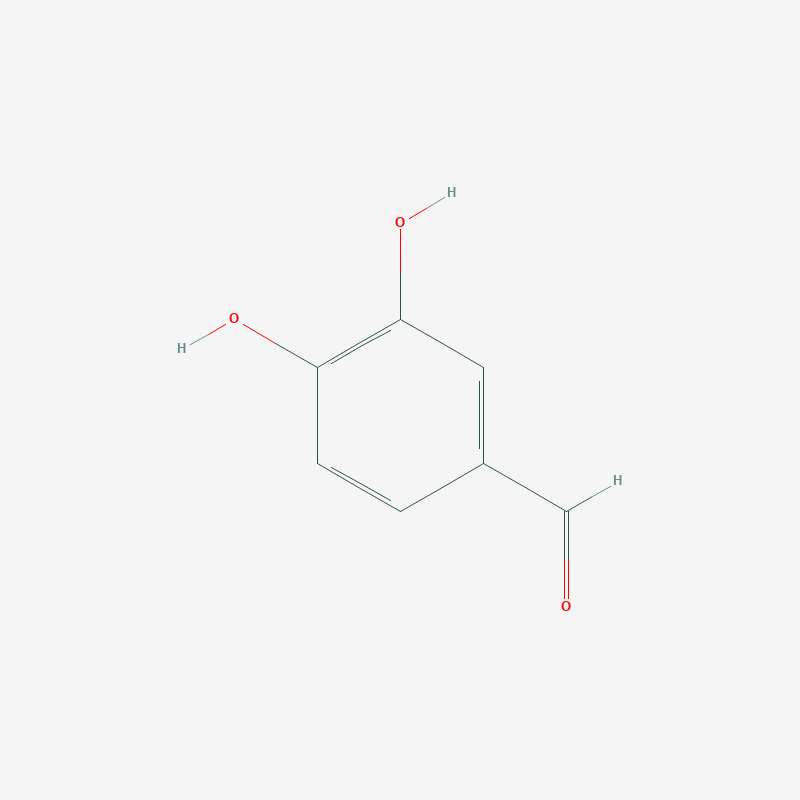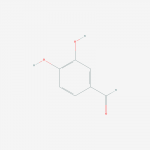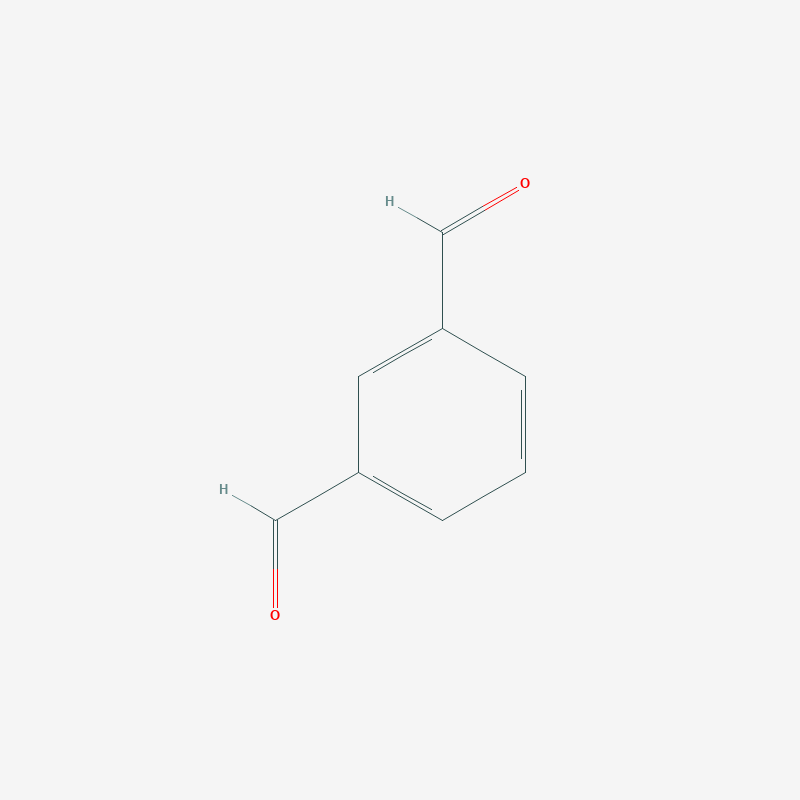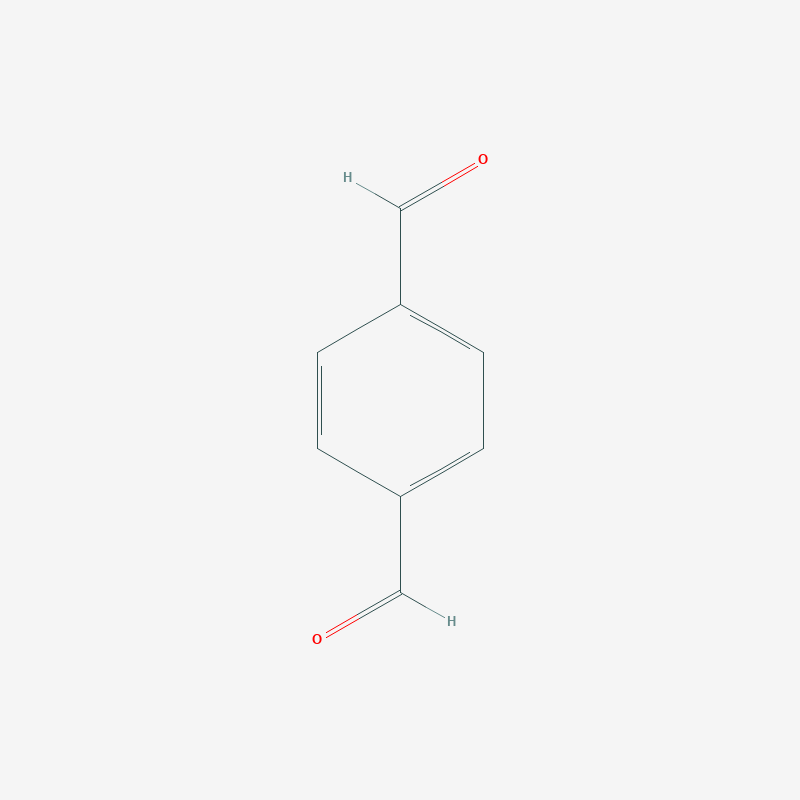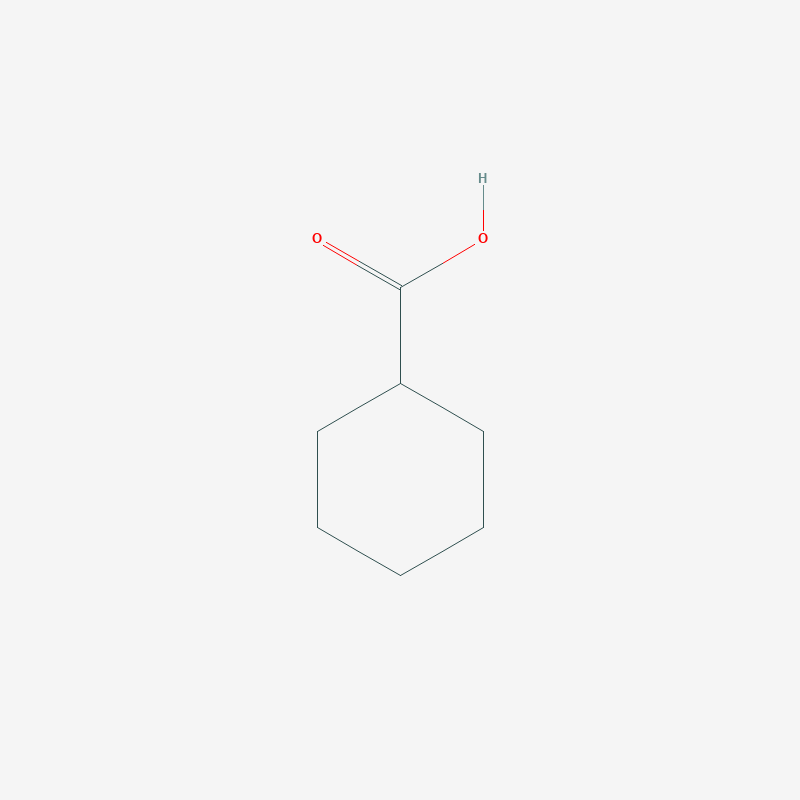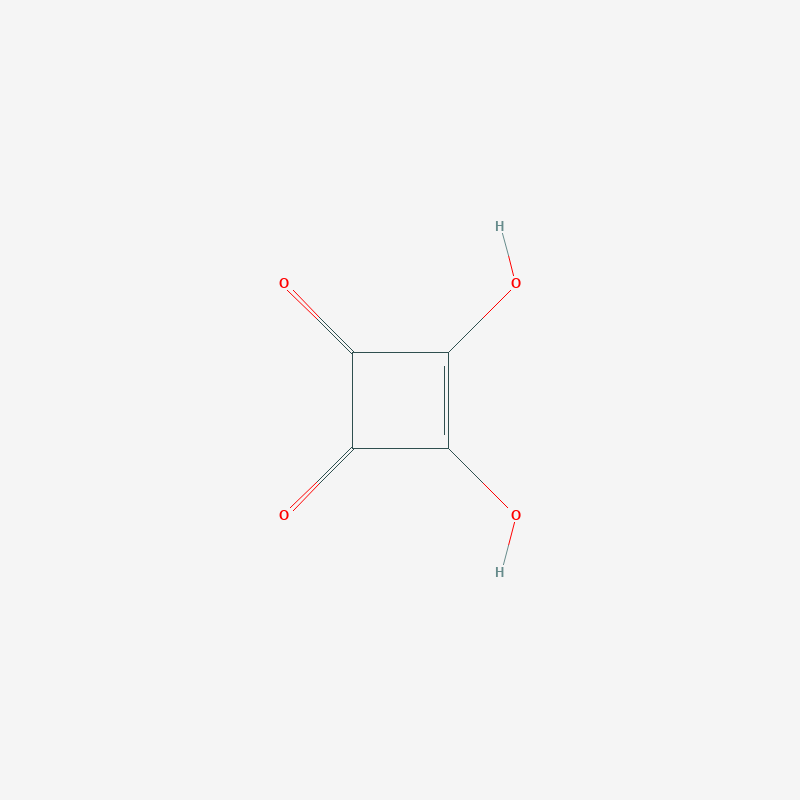| Purity / Analysis Method | >98.0%(GC)(T) |
| Molecular Formula / Molecular Weight | C7H6O3 = 138.12 |
| Physical State (20 deg.C) | Solid |
| Store Under Inert Gas | Store under inert gas |
| Condition to Avoid | Air Sensitive,Heat Sensitive |
| CAS RN | 139-85-5 |
| PubChem Substance ID | 87567220 |
| Merck Index (14) | 7893 |
| MDL Number | MFCD00003370 |
3,4-Dihydroxybenzaldehyde
Purity : >98.0%(GC)(T)
CAS No.: 139-85-5
EC No.: 205-377-7
EC Name: 3,4-dihydroxybenzaldehyde
ECHA Name: 3,4-dihydroxybenzaldehyde
Synonyms:
3,4-Dihydroxybenzaldehyde
Protocatechualdehyde
139-85-5
PROTOCATECHUIC ALDEHYDE
Rancinamycin IV
Enquire For Best Price
For all our chemicals TDS, MSDS and CoA are available upon request
Specification & Properties
Specifications:
| Appearance | White to Amber powder to crystal |
| Purity(GC) | min. 98.0 % |
| Purity(Neutralization titration) | min. 98.0 % |
Properties:
| Melting Point | 156 deg.C(dec.) |
| Solubility in water | Soluble |
| Degree of solubility in water | 50 g/l 20 deg.C |
| Solubility (very soluble in) | Ether |
| Solubility (soluble in) | Methanol,Ethanol |
Safety & Regulations
Safety Information:
| Chemical Safety |
| Signal Word | Warning |
| Hazard Statements | H315 : Causes skin irritation. H319 : Causes serious eye irritation. |
| Precautionary Statements | P264 : Wash skin thoroughly after handling. P280 : Wear protective gloves/ eye protection/ face protection. P302 + P352 : IF ON SKIN: Wash with plenty of water. P337 + P313 : If eye irritation persists: Get medical advice/ attention. P305 + P351 + P338 : IF IN EYES: Rinse cautiously with water for several minutes. Remove contact lenses, if present and easy to do. Continue rinsing. P362 + P364 : Take off contaminated clothing and wash it before reuse. P332 + P313 : If skin irritation occurs: Get medical advice/ attention. |
Related Laws:
| RTECS# | UL0380000 |
Transport Information:
Hazard Classification:
Warning!
According to the classification provided by companies to ECHA in CLP notifications this substance
causes serious eye irritation,
causes skin irritation and
may cause respiratory irritation.
